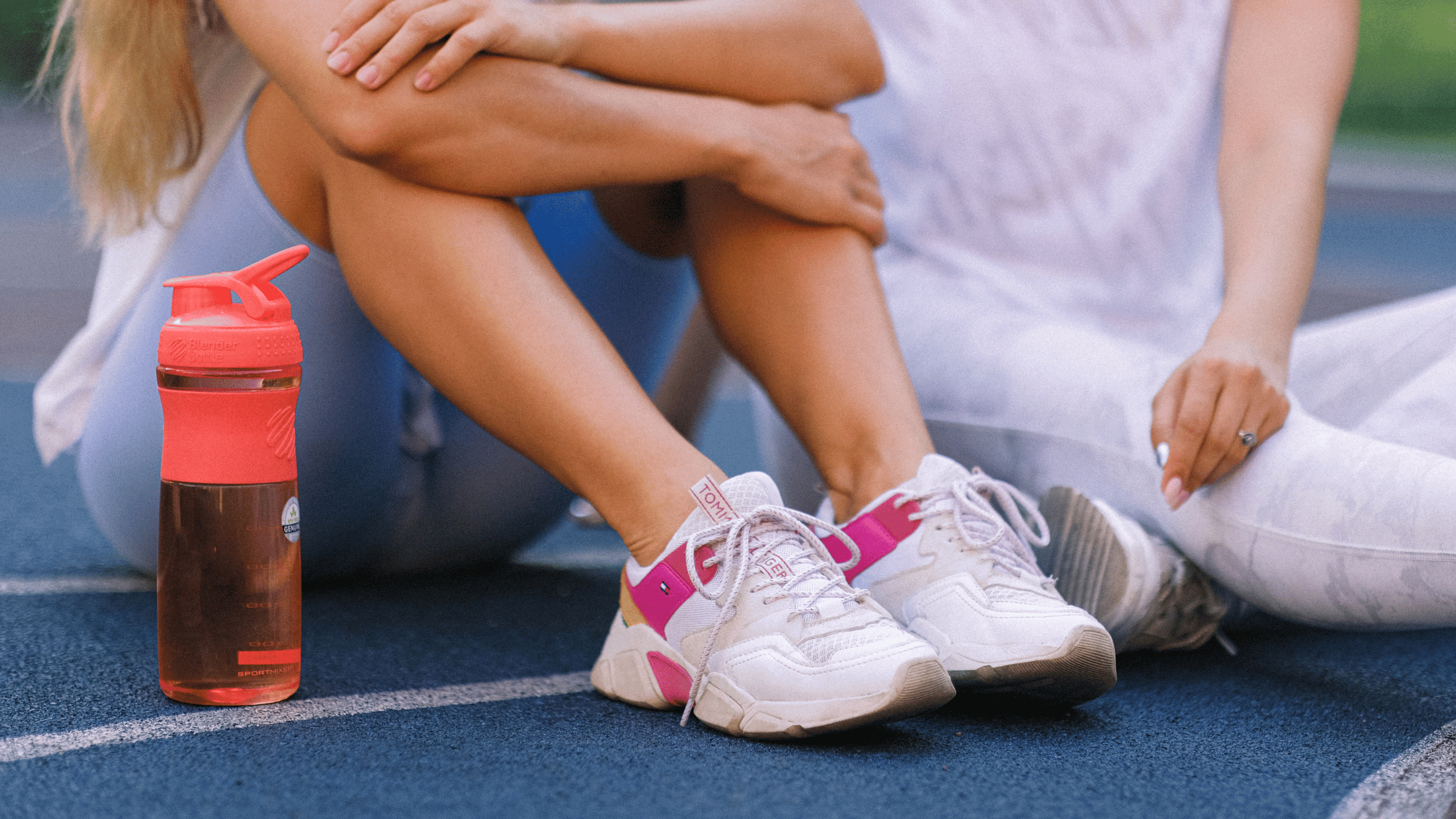Eight Common Pickleball Injuries and How To Prevent Them

Physical Therapist, PT, DPT // EW Motion Therapy Meadowbrook
Pickleball, a sport that combines the best of tennis, badminton, and ping-pong, has taken the recreational world by storm. However, like any physical activity, it's not immune to the risk of injuries. From sprains to strains, players can face a range of challenges. The good news is that physical therapy can play a crucial role in injury prevention, helping players stay on the court and in the game. Our physical therapists at EW Motion Therapy can create a treatment plan that addresses your goals and sets you up for success on the court. Our physical therapy might not fit your needs, but so you can continue to dominate your pickleball game, let's look at some of the most common injuries and how physical therapy can prevent them.
The eight most common pickleball injuries
Sprained ankle
One of the most prevalent injuries in pickleball is a sprained ankle. The quick lateral movements, sudden stops, and changes in direction strain the ankles, making them susceptible to twists and sprains. Physical therapy addresses this by focusing on exercises that enhance ankle stability and strengthen the surrounding muscles. By improving the flexibility and strength of the ankle, players are better equipped to handle the rapid shifts in movement on the court.
Tennis elbow (lateral epicondylitis)
Tennis elbow, or lateral epicondylitis, is another common ailment among pickleball players. It occurs due to repetitive gripping and swinging motions, causing strain on the tendons of the forearm. Physical therapists use targeted exercises to strengthen the forearm muscles, reduce inflammation, and improve flexibility, which helps prevent tennis elbow and enhances players' ability to control their shots effectively.
Shoulder injuries
Pickleball involves frequent overhead serves and smashes, which can lead to shoulder injuries if not executed with proper technique and conditioning. Physical therapy enhances shoulder stability and mobility by strengthening the rotator cuff muscles. These exercises improve the mechanics of the shoulder joint, reducing the risk of injuries like rotator cuff tears and strains.
Lower back pain
The dynamic movements in pickleball can sometimes result in lower back pain. Physical therapists employ exercises that target the core muscles and promote proper posture. A strong core provides stability to the spine and reduces the strain on the lower back, allowing players to move with more comfort and agility on the court.
Knee strains
Knee strains and injuries are common in sports involving quick changes in direction and repetitive movements. In pickleball, lateral movements and sudden stops can stress the knee joints. Physical therapy addresses this by designing exercises that improve the strength and flexibility of the muscles around the knee. Strengthening these muscles provides better support to the knee joint, reducing the risk of strains and overuse injuries.
Hamstring strains
Running, lunging, and quick stops put the hamstrings at risk of strain. Physical therapists create tailored programs that focus on hamstring flexibility and strength. Proper conditioning of the hamstrings helps players maintain control during fast movements and reduces the likelihood of painful strains.
Achilles tendonitis
Achilles tendonitis, inflammation of the Achilles tendon, can result from explosive movements and quick changes in direction in pickleball. Physical therapy addresses this issue by incorporating exercises that strengthen the calf muscles and Achilles tendon while improving flexibility. This combination of strength and flexibility helps prevent excessive strain on the Achilles tendon.
Wrist strains
Pickleball involves a lot of wrist movements for precise shots and control. Overuse of the wrist can lead to strains and discomfort. Physical therapists work on wrist mobility and strength, helping players maintain proper wrist positioning during gameplay, reducing strain risk, and enhancing shot accuracy.
How physical therapy can prevent injuries in pickleball
- Individualized assessment: Physical therapists assess players' movement patterns, strengths, weaknesses, and any existing injuries to create a personalized plan.
- Customized exercise programs: Physical therapy involves targeted exercises that strengthen specific muscle groups, enhance flexibility, and improve overall body mechanics.
- Technique improvement: Physical therapists analyze players' movements and guide proper techniques to reduce strain on vulnerable areas.
- Proper warm-up and cool-down: Physical therapists guide players in effective warm-up and cool-down routines, which can significantly reduce the risk of injuries.
- Education: Players learn about injury prevention strategies, such as proper footwear, adequate hydration, and listening to their bodies to avoid overexertion.
- Progressive training: Physical therapists gradually increase the intensity of exercises and training, allowing players' bodies to adapt and become more resilient.
- Monitoring and adjustments: Regular sessions with a physical therapist ensure that progress is monitored and adjustments to the exercise plan are made based on players' needs and feedback.
Pickleball is an exciting and dynamic sport that offers fun and fitness for players of all ages. However, injuries can hinder the enjoyment and progress of the game. Through the guidance of skilled physical therapists, pickleball players can take proactive steps to prevent common injuries. Players can reduce their risk of sprains, strains, and overuse injuries by focusing on strengthening, flexibility, proper technique, and overall body conditioning. Whether you're a casual player or a competitive enthusiast, integrating physical therapy into your pickleball routine can be the key to staying healthy, active, and on top of your game. Our physical therapists at EW Motion Therapy can help you achieve these goals through individualized, sport-specific treatment plans. If you’re curious about what else physical therapy can do for you, click the button below to download our answers to 20 frequently asked questions.


